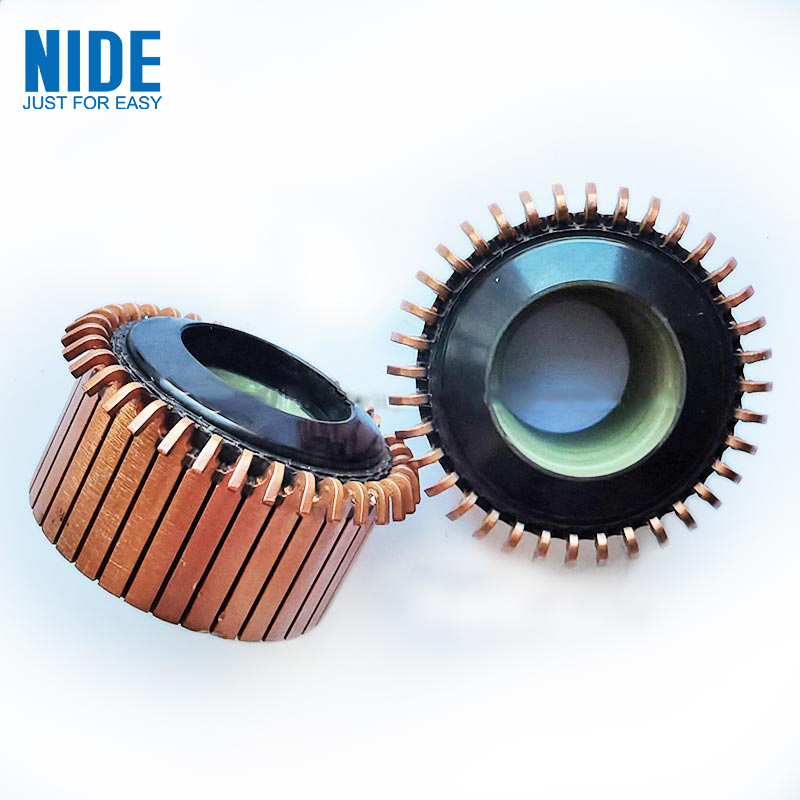Why is commutator employed in DC machines?
2024-03-02
A commutator is employed in DC (direct current) machines, such as DC motors and DC generators, for several important reasons:
Conversion of AC to DC: In DC generators, the commutator serves to convert the alternating current (AC) induced in the armature windings into direct current (DC) output. As the armature rotates within the magnetic field, the commutator reverses the direction of the current in each armature coil at the appropriate moment, ensuring that the generated output current flows consistently in one direction.
Maintenance of Direction of Current: In DC motors, the commutator ensures that the direction of current through the armature windings remains constant as the rotor rotates within the magnetic field. This unidirectional flow of current produces a continuous torque that drives the motor's rotation.
Generation of Torque: By periodically reversing the direction of current in the armature windings, the commutator generates a constant torque in DC motors. This torque enables the motor to overcome inertia and external loads, resulting in smooth and continuous rotation.
Prevention of Armature Shorts: The commutator segments, insulated from each other, prevent short circuits between adjacent armature coils. As the commutator rotates, it ensures that each armature coil maintains electrical contact with the external circuit through the brushes while avoiding contact with neighboring coils.
Control of Speed and Torque: The design of the commutator, along with the number of segments and winding configuration, allows for control over the speed and torque characteristics of DC machines. By varying factors such as the voltage applied and the strength of the magnetic field, operators can adjust the speed and torque output of the motor or generator to suit specific requirements.
Overall, the commutator plays a crucial role in the operation of DC machines by facilitating the conversion of electrical energy into mechanical energy (in motors) or vice versa (in generators) while maintaining reliable electrical connections and control over the direction and magnitude of current flow.


